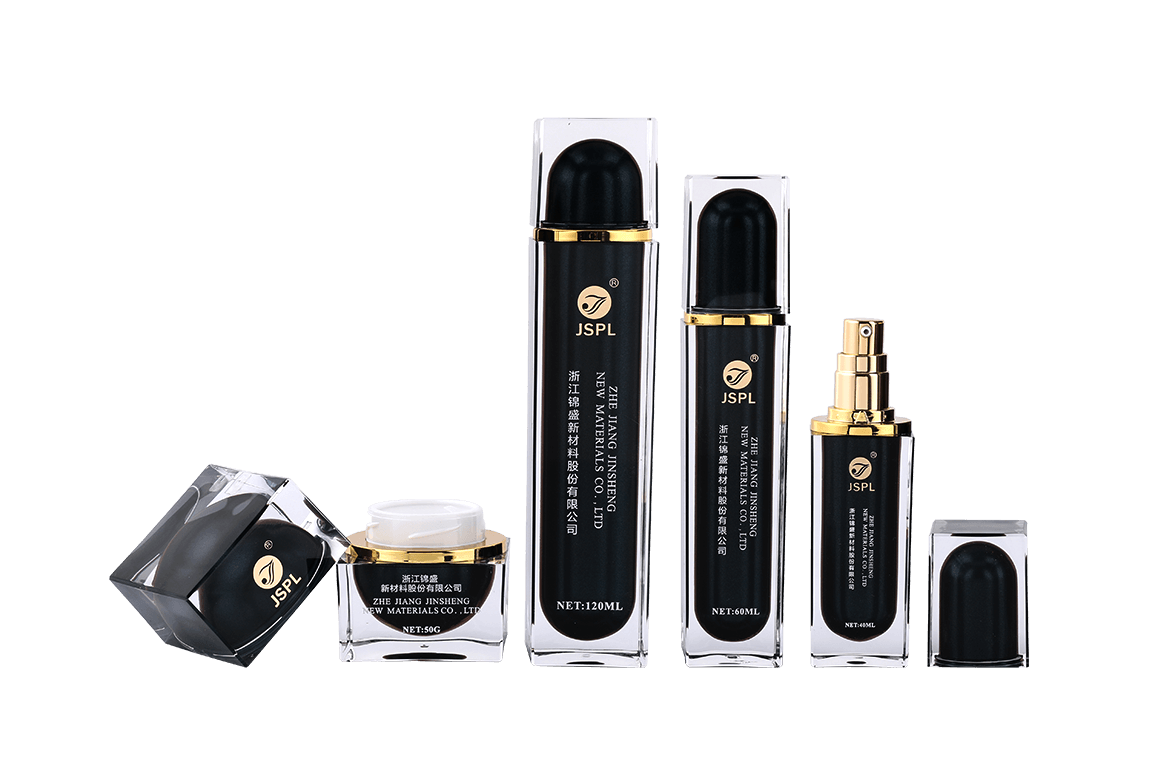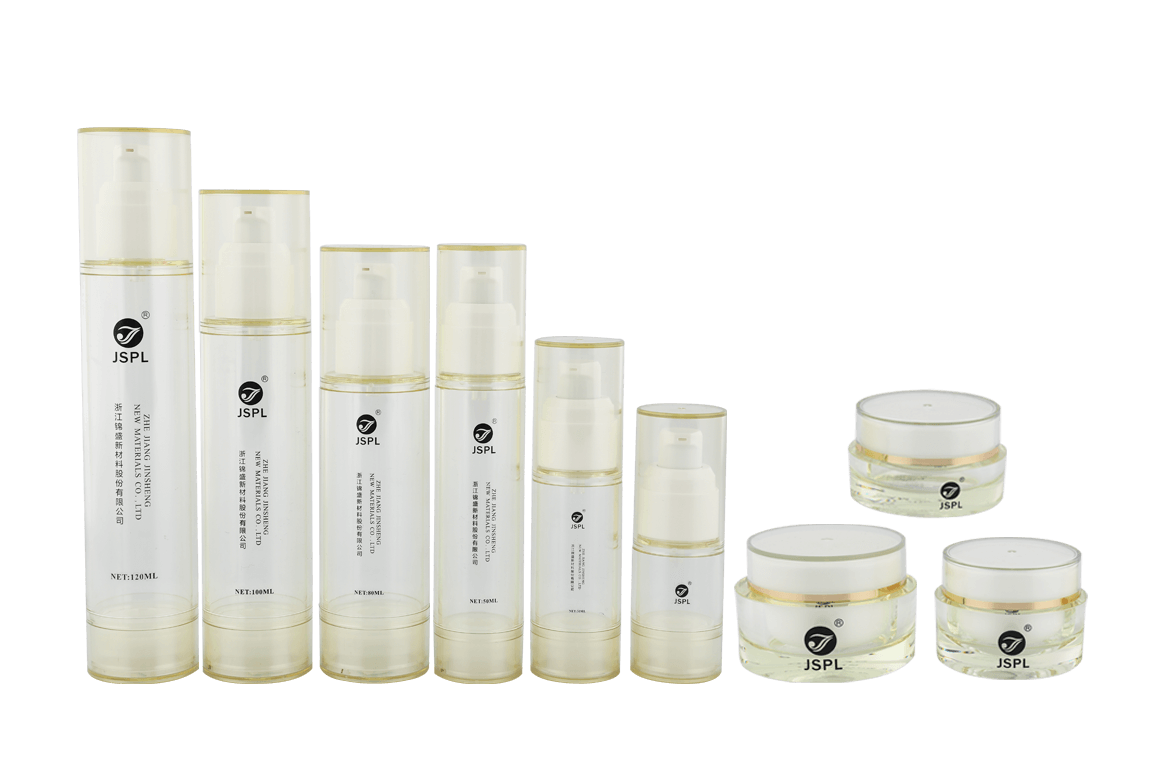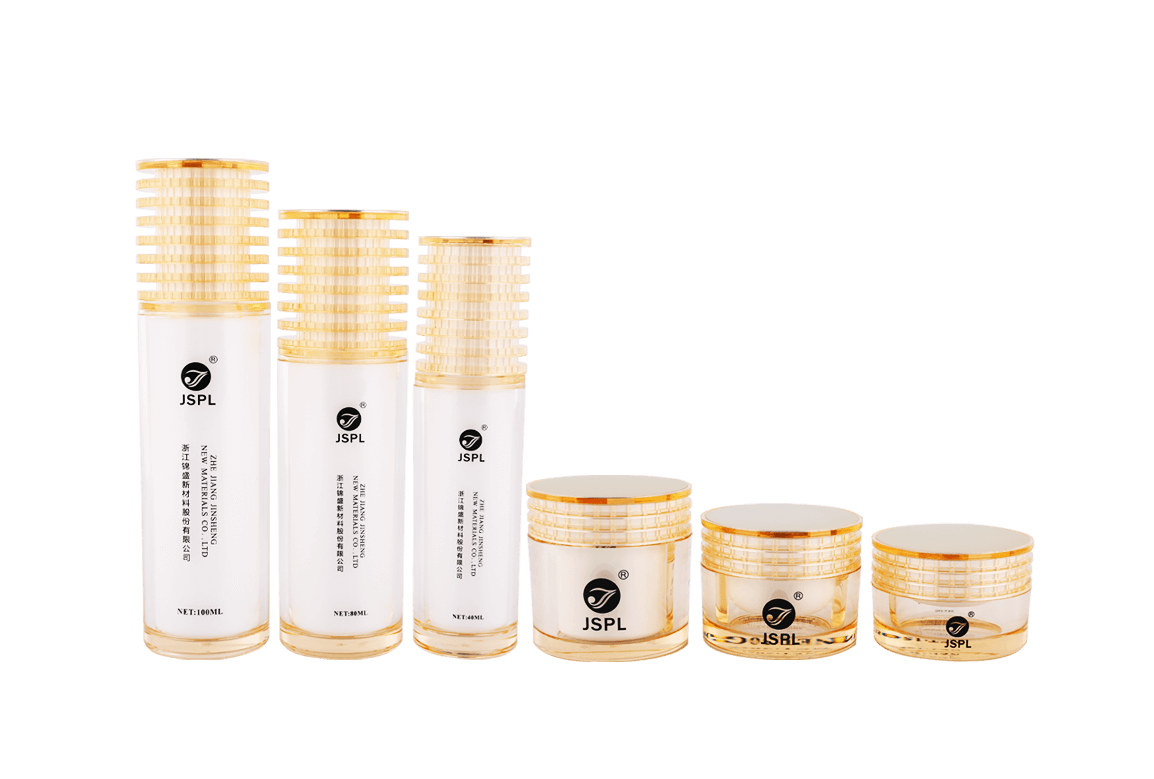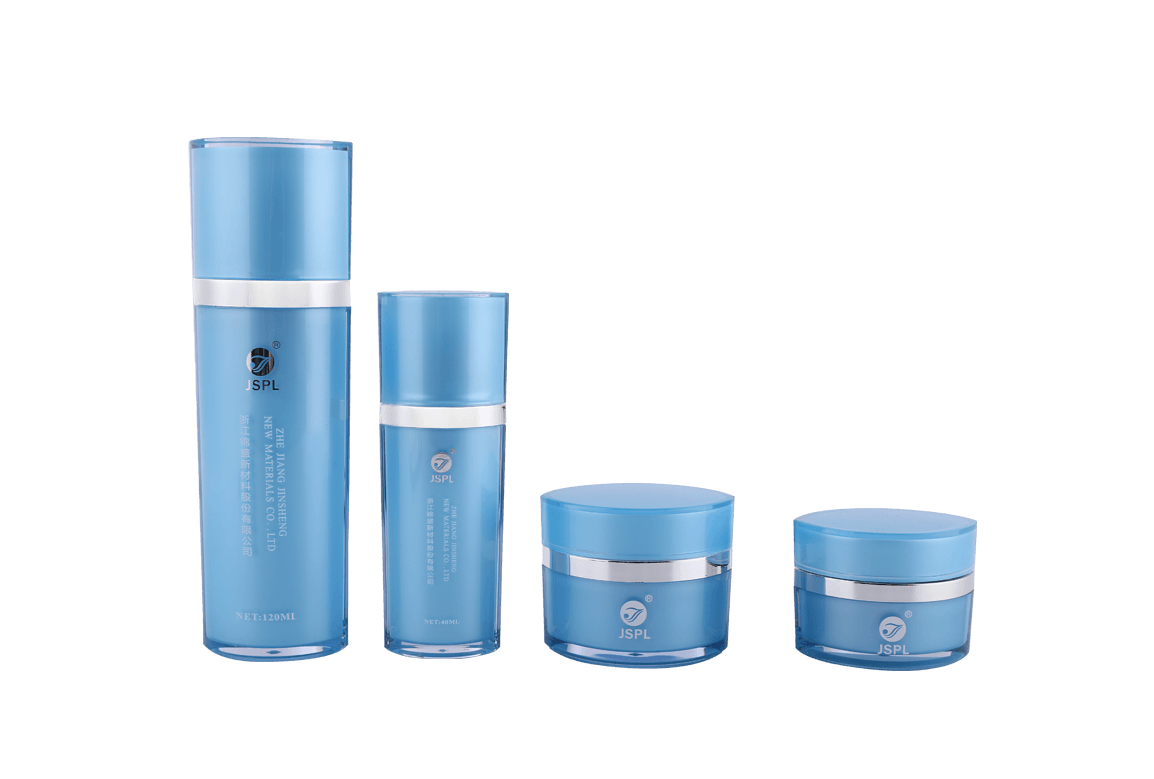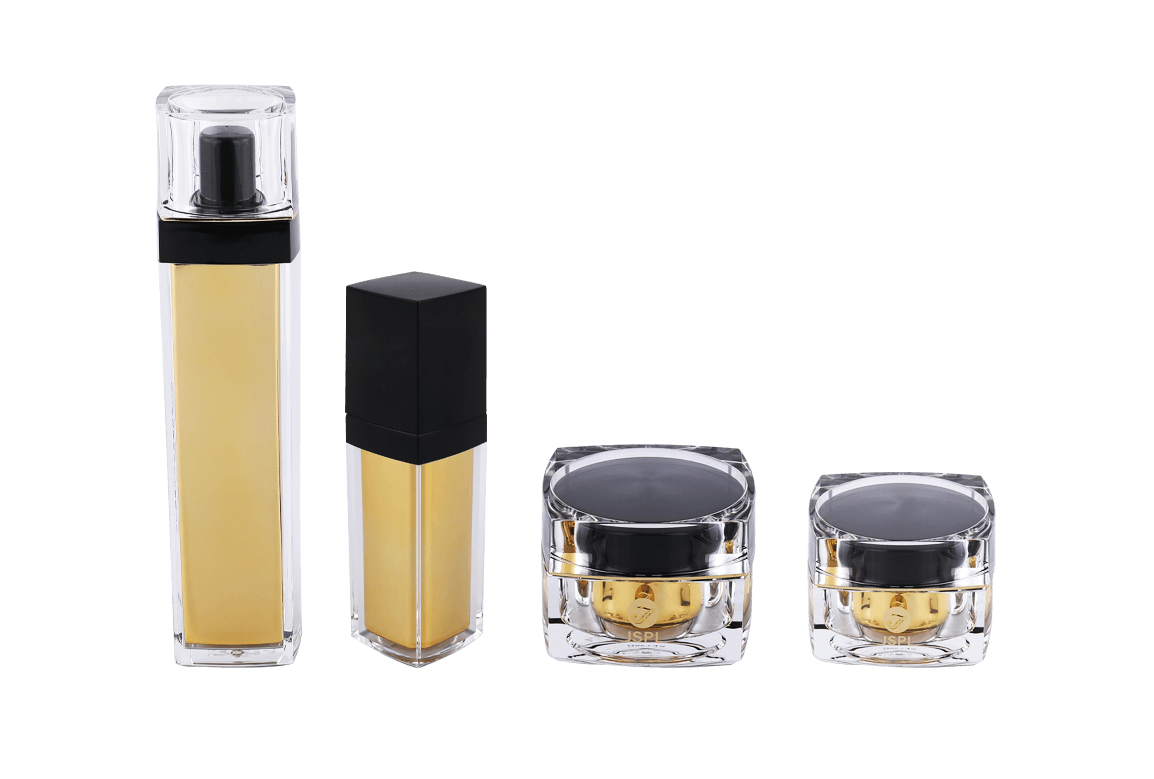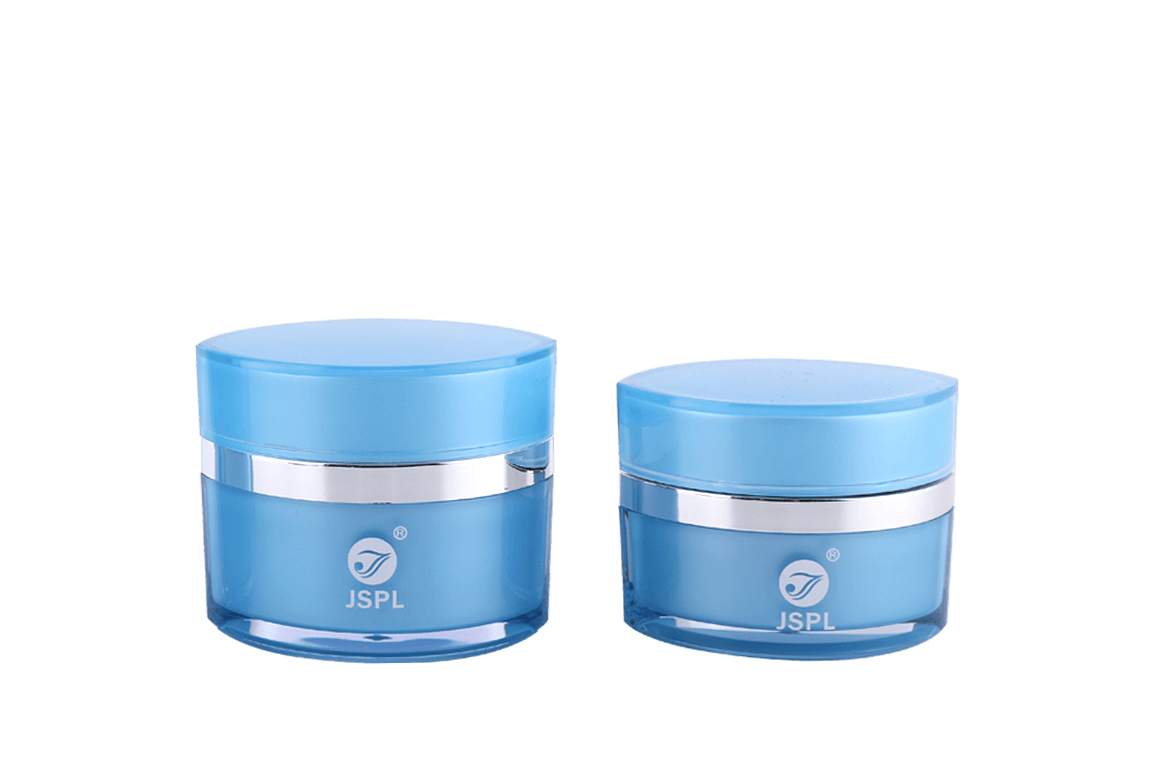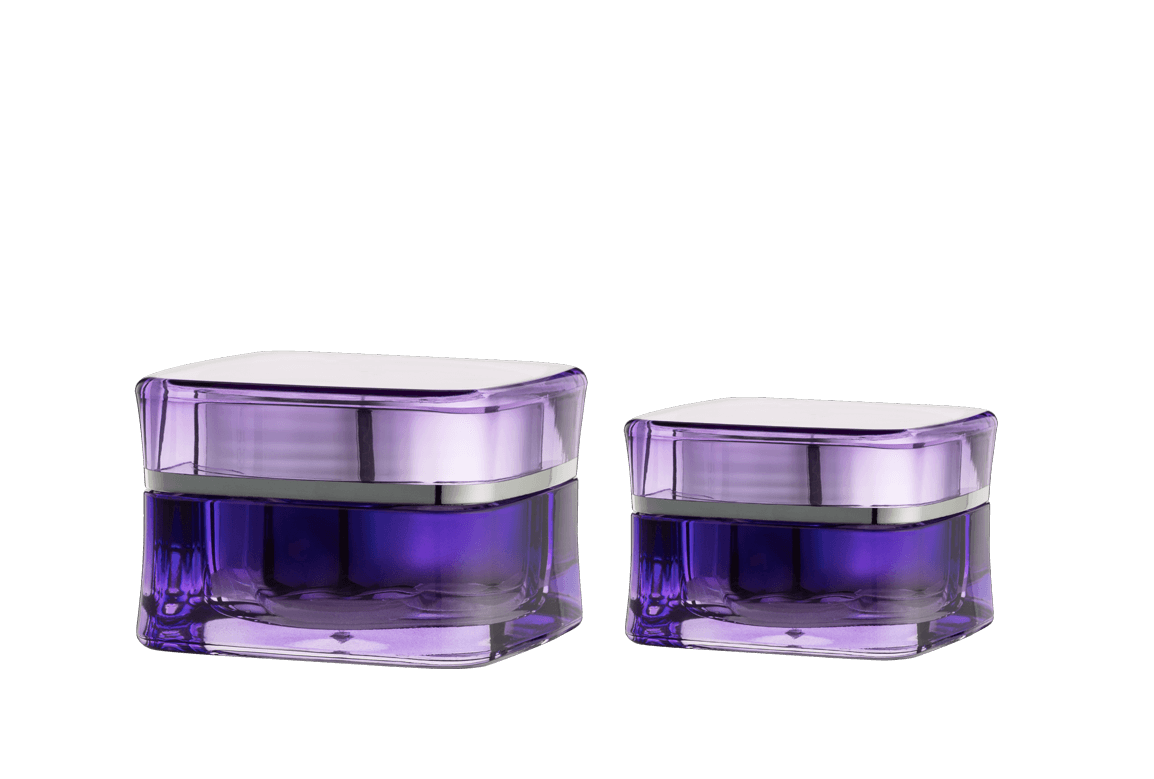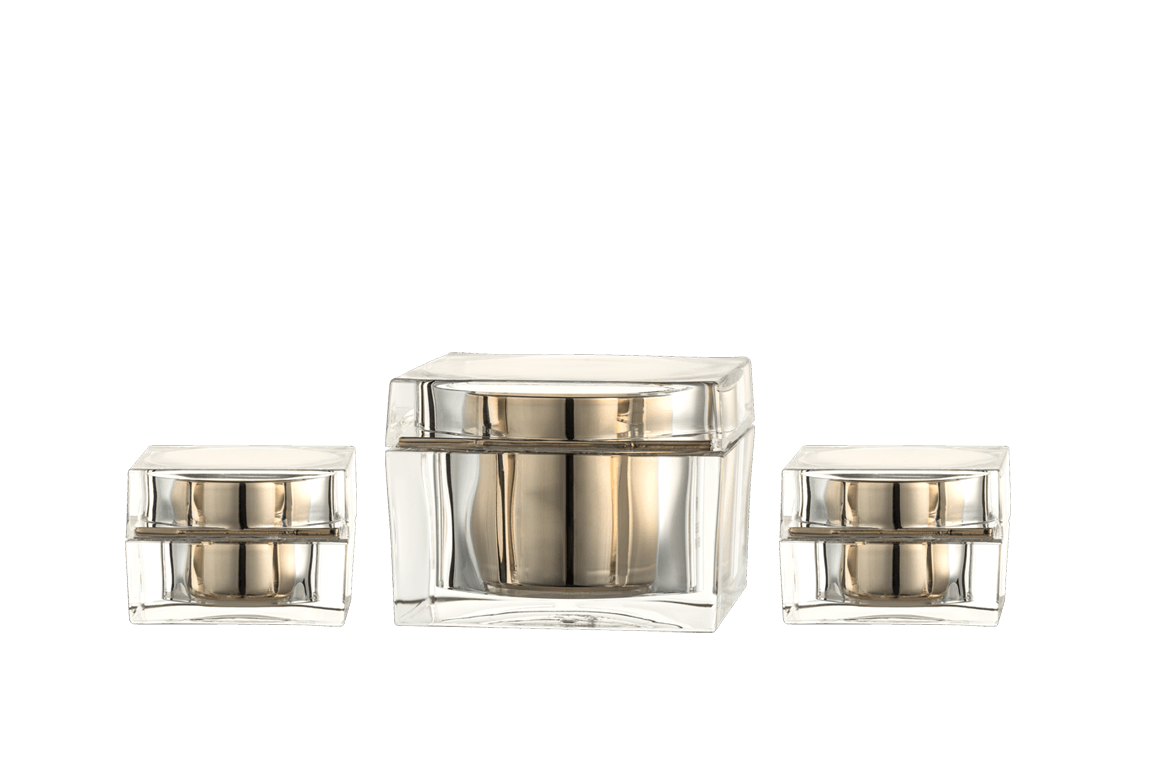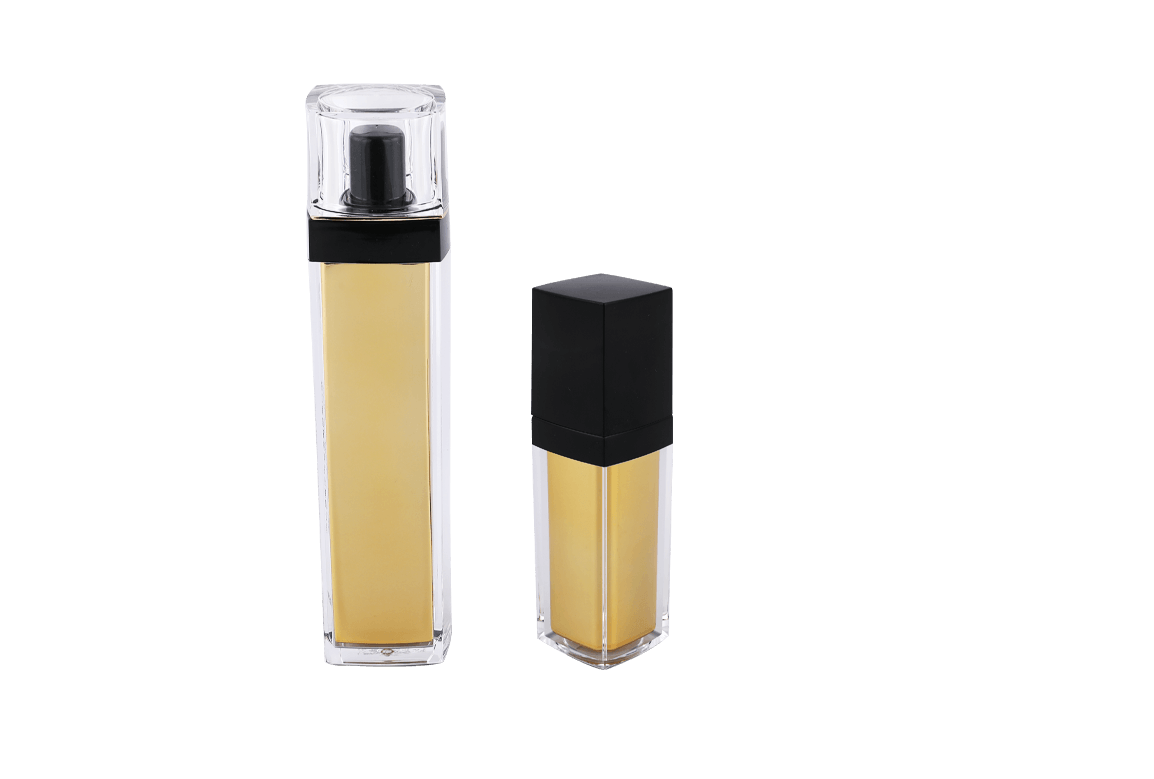What is PETG material?
PETG is a modified polyester material, which is a copolymer of polyethylene terephthalate glycol (PETG). PETG material has high transparency, high impact resistance, good processing performance and excellent chemical resistance, and is widely used in high-end cosmetic packaging, medical devices, food containers and other fields.
PETG is more flexible and has better thermal stability than ordinary PET, and has excellent gloss and durability. It is a common high-performance plastic choice in the manufacture of cosmetic bottles and jars.
The main molding process of PETG cosmetic bottles
Injection Molding
Injection molding is a widely used manufacturing method in PETG cosmetic bottles, especially for thick-walled and high-precision bottle and jar structures.
The process principle is to heat and melt the PETG particles, and then inject them into the metal mold under high pressure to cool and shape them. It is suitable for PETG cosmetic jars with thick caps, bottoms, and walls or with complex texture decorations.
Advantages:
High surface precision and strong plasticity
High gloss mirror effect can be achieved
Supports complex modeling and LOGO embossing
Suitable for mass automated production
Disadvantages:
High mold cost
High cost for small batch customization
High requirements for equipment temperature control, prone to stress cracks
Injection molded PETG bottles are suitable for high-end face creams, eye creams, and paste cosmetics packaging, and products with higher requirements for brand vision and feel.
Extrusion Blow Molding
Extrusion blow molding is mainly used for the manufacture of small and medium-sized PETG bottles. The molten PETG is extruded into a tubular blank through the die head, and then blown to the inner wall of the mold by airflow, and cooled to form a hollow bottle.
Advantages:
Suitable for manufacturing thin-walled, hollow PETG containers
High molding efficiency and low cost
Suitable for automated continuous production lines
Various bottle capacity and shape designs are flexible
Disadvantages:
Relatively low wall thickness control accuracy
Not suitable for products with complex structures and high transparency requirements
It is difficult to achieve high-end appearance processing
This process is widely used in mid-range product packaging such as facial cleansers, shower gels, shampoos, etc. that require general appearance refinement.
Injection Stretch Blow Molding
Injection Stretch Blow Molding is a high-end molding process for manufacturing PETG cosmetic bottles, especially for product packaging with extremely high transparency requirements, such as essences, skin care water, etc.
The process includes two stages: first, the preform is injected, then the preform is heated and stretched into the mold, and then it is blown into shape by high-pressure gas, and finally cooled and shaped.
Advantages:
High transparency and outstanding gloss
Uniform wall thickness and high consistency
Good bottle strength and excellent resilience
Suitable for high-end brand packaging applications
Disadvantages:
Long production cycle
Complex mold design and high cost
Strict requirements on raw material quality and process parameters
PETG bottles made by injection stretch blow molding have a glass-like transparency and are an ideal choice to replace glass bottles.
Precautions in the molding process of PETG materials
High temperature control accuracy
PETG has a high viscosity in the melting stage, and the melting temperature needs to be strictly controlled (recommended at 220~250°C) to prevent material decomposition or insufficient fluidity.
High requirements for mold surface polishing
In order to achieve high gloss and high transparency visual effects, the mold cavity surface needs to be mirrored to avoid mold defects affecting the appearance.
Avoid residual stress during molding
PETG is sensitive to stress, and the cooling rate needs to be balanced to prevent stress cracks from forming during subsequent transportation or use.
Drying treatment cannot be omitted
PETG material has strong hygroscopicity and needs to be fully dried before processing. It is recommended to dry it at 65°C for more than 4 hours to reduce defects such as bubbles and silver streaks.

 Chinese
Chinese España
España Italia
Italia Le français
Le français

